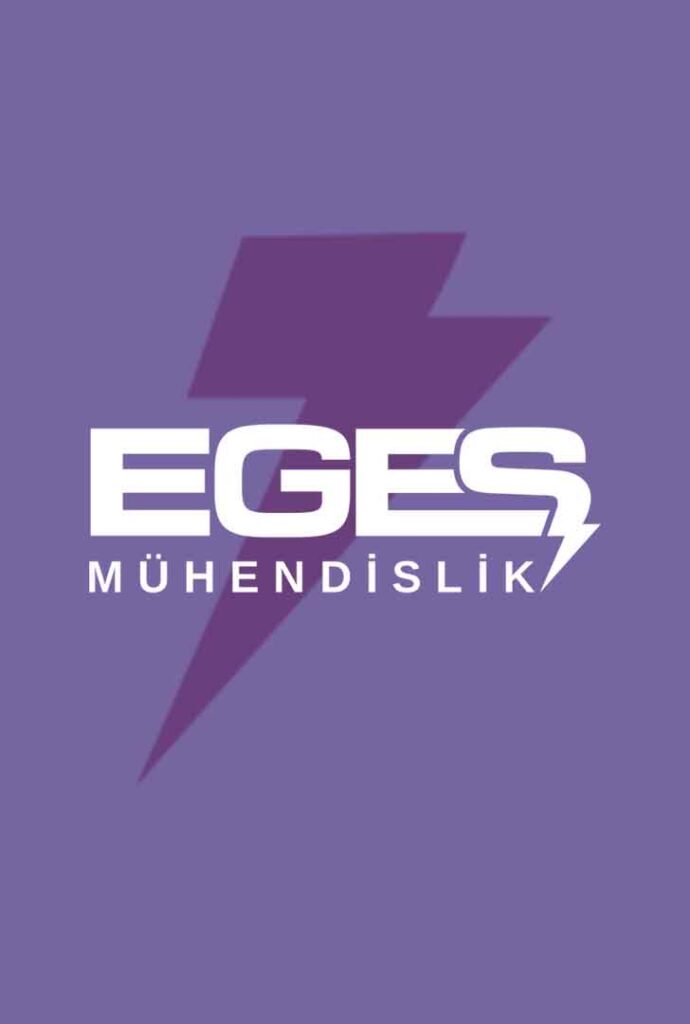Solar Energy AC Control Panel
Solar panels typically generate direct current (DC), but the electricity used in homes and commercial buildings is mostly alternating current (AC). Therefore, the DC energy produced by solar energy systems must be converted to AC and controlled. The AC control panel plays a critical role in this conversion process.
Energy Conversion: It converts DC energy from solar panels into AC energy via an inverter. This enables the operation of electrical devices in homes or commercial buildings.
Power Distribution: The AC control panel directs the generated electrical energy to the distribution system and ensures the supply of power to specific loads.
Protection and Safety: Provides protection against electrical faults, overloads, and short circuits. Includes circuit breakers, overcurrent protection devices, and other protective elements.
Monitoring and Control: Monitors energy flow within the system, collects performance data, and ensures the system operates efficiently. Additionally, some panels offer remote monitoring and control capabilities.
Phase Balancing: Ensures the phase balance of the generated AC energy and guarantees the proper functioning of the energy system.


Basic Components of the Solar Energy AC Control Panel
Inverter: A device that converts DC power to AC power. It is located at the center of the Solar Energy AC control panel, and multiple inverters can typically be used.
Circuit Breakers: They provide protection by cutting off power in the event of overcurrent, short circuit, or fault conditions in the system.
Control and Monitoring Equipment: Collects and monitors energy production and consumption data. This equipment is typically in the form of a screen or control panel.
Energy Measurement Devices: These are devices that measure electrical current, voltage, and energy consumption. They are used to evaluate energy efficiency and system performance.
Grounding and Protection Devices: Devices used to ensure electrical safety. They include grounding systems and overvoltage protection devices.
Phase Switches and Disconnectors: They enable control of the phases in the system and interrupt the flow of energy when necessary.
Connection Terminators and Cables: Used to ensure the flow of electricity. Cables and terminators provide the connection between solar panels, inverters, and other components.
Security
It provides protection against electrical faults and ensures the system operates safely.
Energy Efficiency
It monitors and manages energy flow, thereby minimizing energy losses and increasing efficiency.
Easy Monitoring
It provides energy production and consumption data, making it easier to monitor and optimize system performance.
